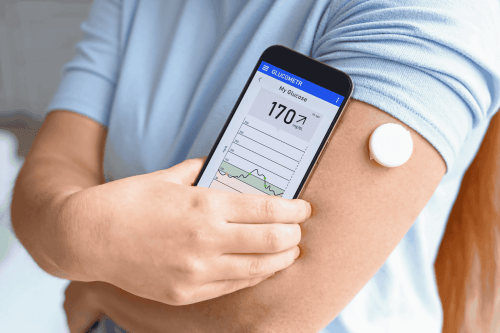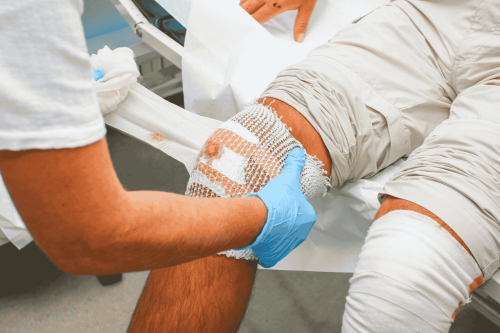 Health literacy is a problem when health information is too difficult for people to understand. According to the National Assessment of Literacy, only 12 percent of adults have proficient health literacy.
Health literacy is a problem when health information is too difficult for people to understand. According to the National Assessment of Literacy, only 12 percent of adults have proficient health literacy.
The Centers for Disease Control and Prevention (CDC) say health literate people should be able have an active role in their health. They should be able to:
- access care
- use health services
- self-care chronic conditions
- maintain health and wellness
To help improve health literacy, the U.S. Department of Health and Human Services set the National Action Plan to Improve Health Literacy in place. Its principles are:
- everyone has the right to health information that helps them make informed decisions and
- health services should be delivered in ways that are understandable and beneficial to health, longevity, and quality of life.
Health providers are play an important role in health literacy. The CDC says they use their literacy to:
- help people find information and services
- communicate about health and healthcare
- process what people are explicitly and implicitly asking for
- understand how to provide useful information and services
According to health.gov, health literacy also includes numeracy skills. These include calculating cholesterol and blood sugar levels, measuring medications, etc. it also requires the knowledge of basic health topics.
One way to improve literacy is to write in plain language. To do so, it is important to know who the audience is. Once this is known, it is also important to test the material to make sure there is no confusion.
The CDC has gathered training services to help; most of them are free of charge.
Click here to subscribe to health literacy updates from the CDC’s Health Literacy blog.



